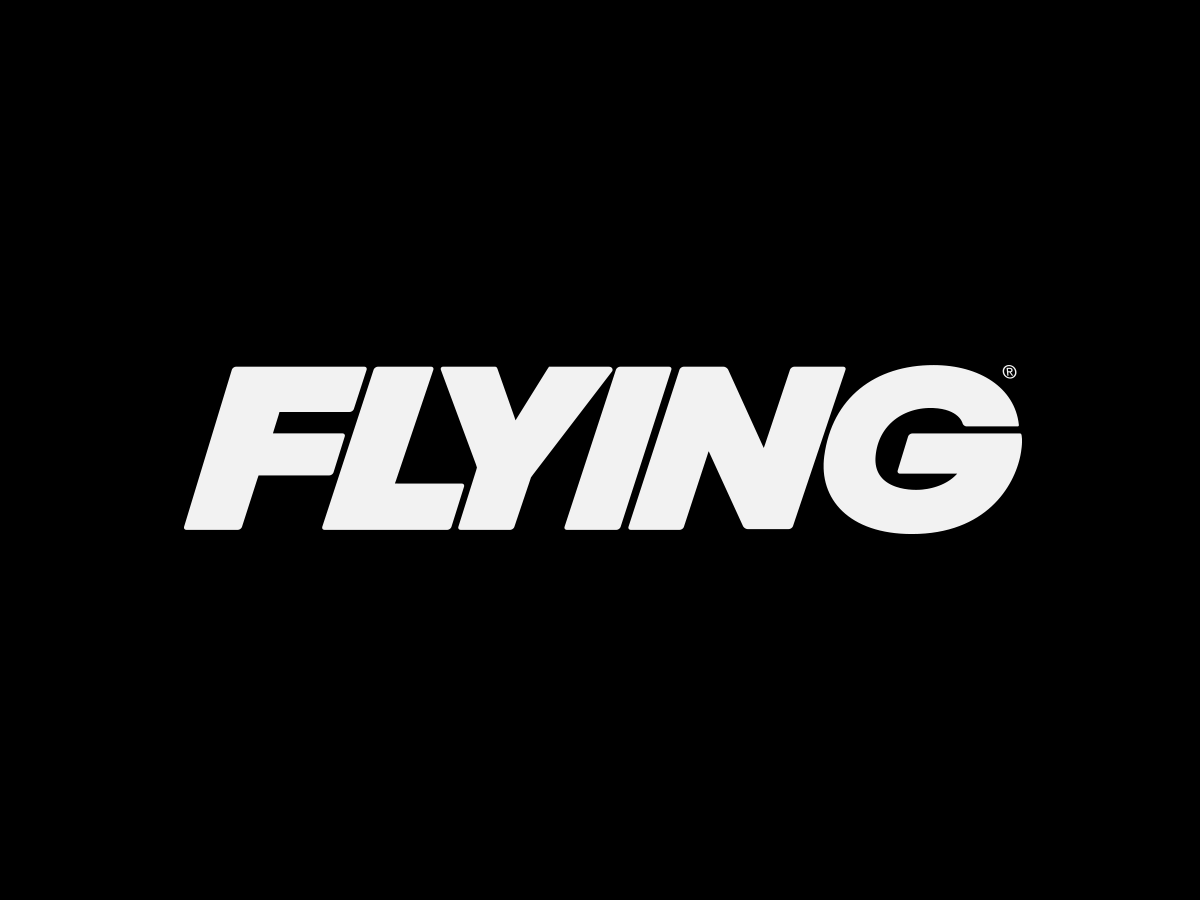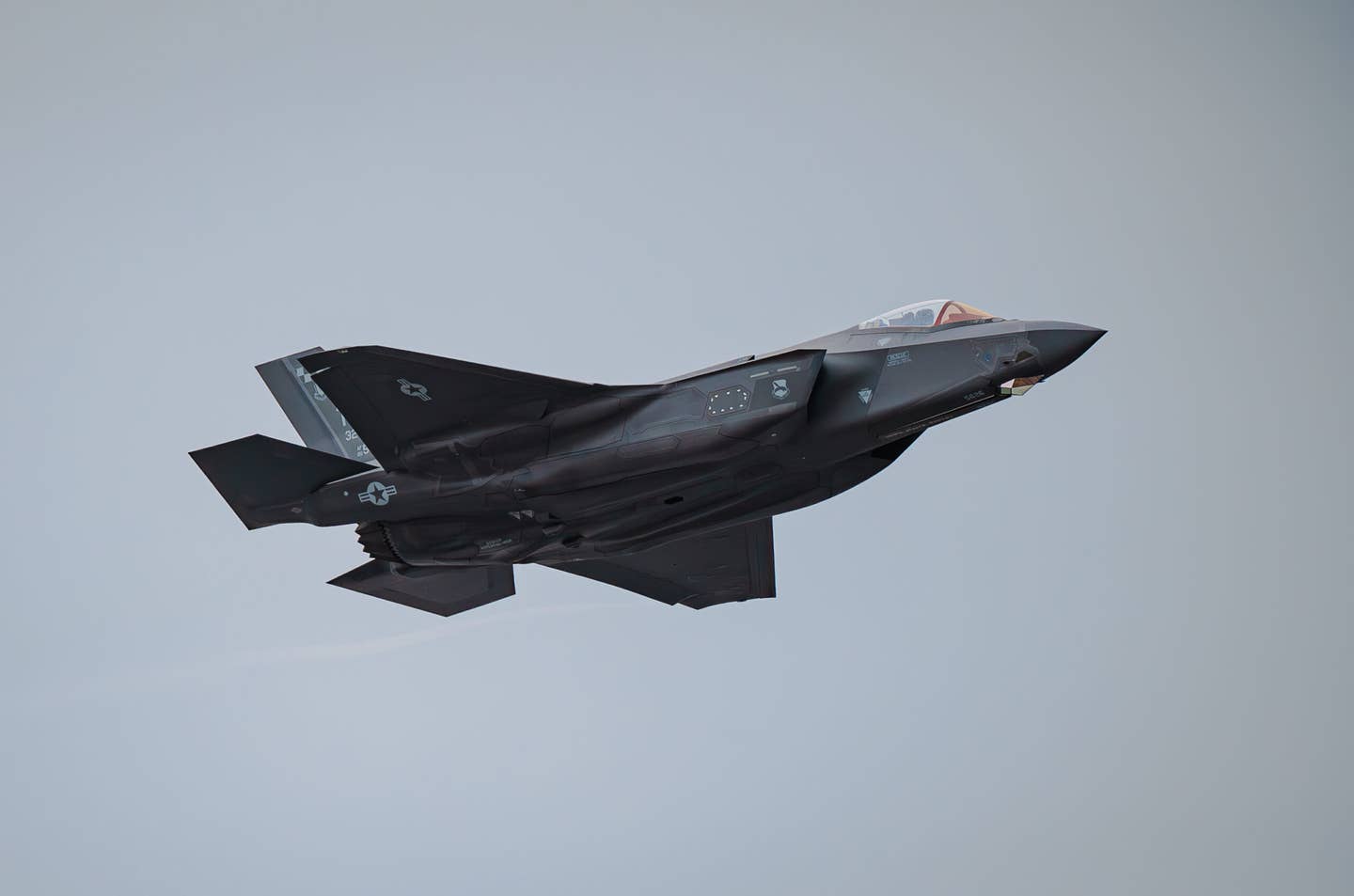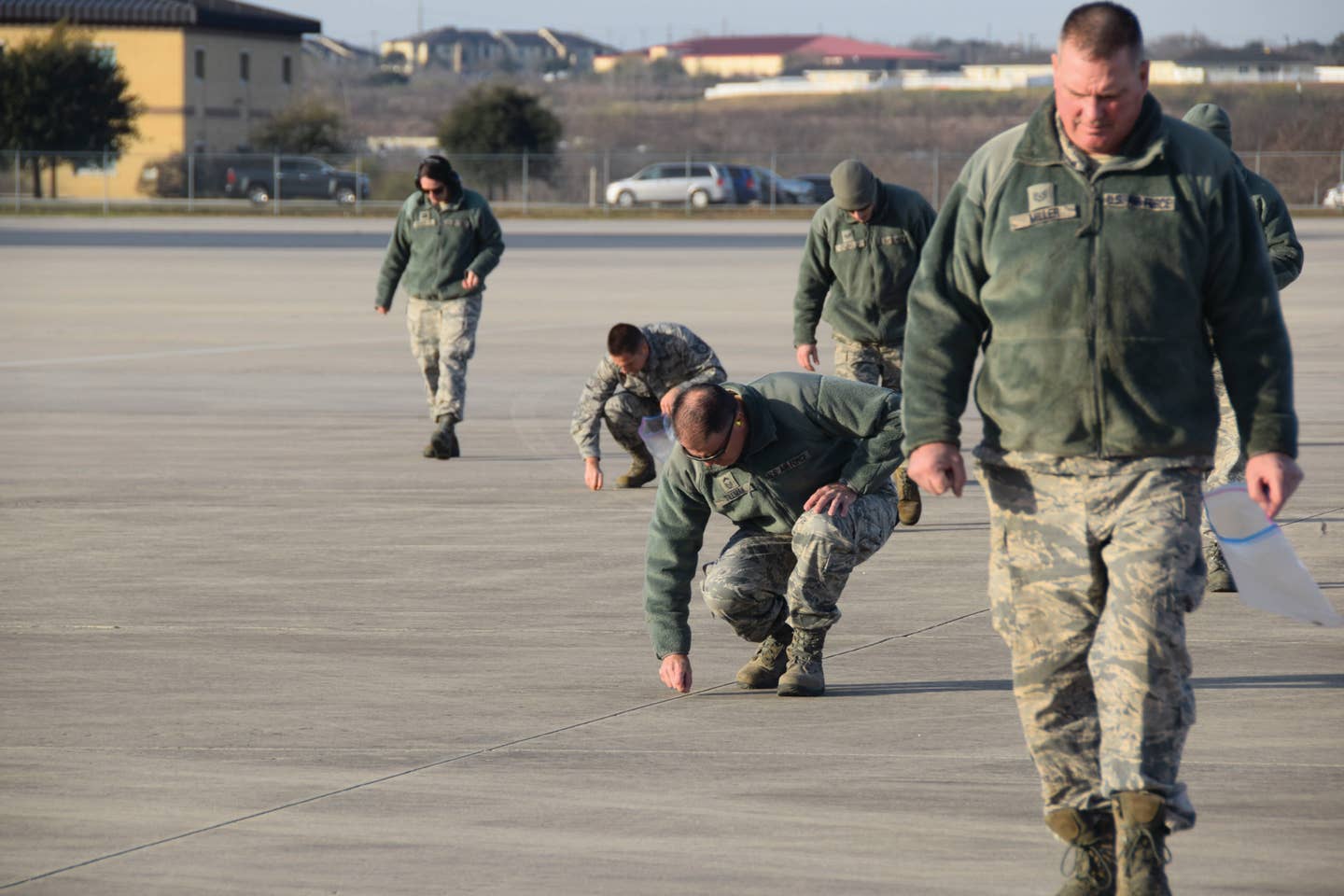
It's not apocryphal. A candidate for the instrument rating went up with an examiner for his flight test. The examiner, after carefully covering the screens on the airplane's dual Garmin 430s, asked the pilot to perform an NDB approach. With some difficulty, the instrument candidate was finally able to explain to the examiner that without the displays on the GPS navigators there was no way the approach could be flown.
While some examiners and instructors were looking the other way, the avionics industry has made significant changes in the way we navigate, and the airplane manufacturers have made impressive strides in the way we aviate. No longer are sophisticated avionics systems the purview of the heavy iron; smaller airplanes are becoming technically advanced transports. But there's good news. The Federal Aviation Administration, recognizing the changes in the way we navigate and aviate, is now working to change the way we educate.
According to the FAA, our small airplanes, with their growing sophistication and concomitant utility, are increasingly providing an "air transportation complement to the air carrier 'hub and spoke' system." The FAA points out that corporate aviation and on-demand air taxis have served as an integral part of the transportation system but that now general aviation, too, is capable of taking off and providing reliable point-to-point travel. In fact, NASA's Small Airplane Transportation System (SATS) project is based on the premise that small airplanes and micro-jets can take their rightful place as stars in the nation's transportation firmament. But in order to foster the use of general aviation airplanes as viable transportation machines, the FAA has acknowledged that "accident rates will have to be reduced to maintain and increase public acceptance of general aviation as an alternative form of air travel."
In a proactive stance, the FAA has recognized that as the national airspace system (NAS) is modernized; as the Operational Evolution Plan (the FAA's 10-year plan to increase the capacity and efficiency of the National Airspace System) takes effect; as airspace restrictions continue to be imposed as a result of security concerns; and as there continue to be advances in the technology of avionics and airplanes, then a whole new way of conducting flight training will have to be developed for those pilots wanting to operate in the system.
With the older avionics systems, which all looked and functioned similarly, generic training was, for the most part, sufficient, but the new technology systems that perform similar functions may not look alike and the pilot interaction with these systems may be completely different. Consequently, a "one-size-fits-all" approach to training may no longer be adequate.
As an effort to change the one-size-fits-all training approach to one that addresses specific needs, the FAA is creating FITS, the FAA-Industry Training Standards program. FITS will "develop training products and guidelines appropriate to the needs of the customers as new technology and aircraft are developed." The FITS products will focus on technically advanced small reciprocating- and jet-powered aircraft (with a maximum gross takeoff weight of 12,500 or less) that are owner or professionally flown for transportation.
Tom Glista, an aviation safety inspector in the FAA's Flight Standards' General Aviation and Commercial Division, leads the FITS program. According to Glista, FITS is designed to develop standards and syllabi for ab initio, transition, recurrent and instructor training programs for specific "technically advanced aircraft" with specific installed equipment.
There would be three levels of FITS standards. Two are not regulatory and would describe ways that training, endorsements and checking could be accomplished. The third level, which would entail new rulemaking, would be a last resort and typically implemented under the flexibility already available in the regulations
The first type of a FITS standard would be generic products that would address a broad range of training functions (flight review and complex and high-performance aircraft training, for example) for use by the general aviation community as a whole.
The second type of FITS products would be designed to address specific aircraft or technology. The launch customers for these types of FITS products are Elite Flight Center/Cirrus Design and Eclipse Aviation. Working with the FAA, they will design and implement training products specifically focused on the operational requirements of their airplanes, the Cirrus SR22 and the Eclipse 500.
Finally, the third type of FITS program would be mandatory training requirements. In rare instances, the FAA said, it may elect to invoke Part 61.31(h) to require type-specific training for aircraft with unusual operating characteristics, flight systems or for aircraft with severe safety issues. If it chooses to go that route, the change would require a notice of proposed rulemaking and be promulgated through an amendment to the aircraft flight manual.
As an example of this type of rulemaking, Glista said that the requirements for special flight training for pilots of Robinson R22 and R44 helicopters detailed in SFAR 73 could be made a FITS standard. Another example, he said, is the Mitsubishi MU2. "Mitsubishi came to us wanting the FAA to require a type rating for the MU2. With the prices coming down, pilots are buying the airplanes and not taking training. It's a hard row to hoe, but it might be possible to make the type training a FITS standard."
The primary goal of the FITS program, Glista said, "is to make training more convenient and pertinent to the pilot. Now a guy flying a Piper Meridian can walk into an FBO, rent a Cessna 150, take an hour of ground and an hour of flight training and walk away with a successfully completed BFR. The guy's flying a Meridian; what does flying a 150 have to do with flying a Meridian? On the other hand, the guy could come to take the BFR in his Meridian but the instructor may never have sat in a Meridian and have no idea what's going on with the GPS or multifunction display."
To make the training more valuable, Glista described a possible solution. "What if there were a flight review, portions of which could be taken quarterly? The pilot could complete a training module online or on a CD-ROM every quarter and then at the end of the two years fly with an instructor approved to provide the FITS training. It would be blessed under the Wings program. It would be more pertinent than the current system because the modules could be tailored for the time of year or types of operations. For example, during the next four months pilots could get a module on new airspace requirements like the ADIZ at Washington. Or maybe in springtime pilots in Florida would get a module on thunderstorms. People in the Northeast in the fall might get a module on icing. A person from Florida flying to Colorado could complete a training module on mountain flying." In addition to the modified BFR, Glista said that the FITS group is actively working on the concept of a combined private/instrument rating that includes additional time in a PCATD (personal computer-based aviation training device). "We do have the flexibility under 141.57, Special Curriculum, to throw everything out the window and create a whole new curriculum. But they must pass 90 percent on their first time through the practical exam. If the military can take someone from scratch and get them in an F-16 in 250 hours, it can be done. Of course, they can weed out people, but a GA pilot does not have to do bombing runs or formation flying. Train like you fly and fly like you train."
Eventually, the FITS products will all be available at www.faa.gov/education_research/training/fits/. When the products are available, Glista explained, "a person might walk into an FBO and say, 'I have a Cirrus SR22 with an Avidyne multifunction display and Garmin GNS 430 and 530. I'm a private pilot with an instrument rating and I need a BFR.' The instructor would go to the FITS website, go to the drop down menu, select flight review, click on the private pilot with instrument box, select the SR22, and then the specific equipment installed. Out would pop three curricula. Say one from King Schools, one from Jeppesen and one from NAFI. The instructor could then select one of the training curricula to use based on insurance advantages or the pilot's preference."
Elite Flight Center, the training arm of AirShares Elite, which offers fractional ownerships in Cirrus SR22s, is expected to begin training with the FITS products by the end of year. Ethan Staats, senior vice president of operations for both AirShares Elite and the Elite Flight Center, said, "We're interested in the program as a way to effectively and efficiently train an individual who really needs to be able to travel and for whom airplane ownership would be a good solution from zero time through their instrument rating so they're at the point where they can use the airplane as a useful transportation tool to go places rather than as a hobby."
With an airplane like the Cirrus, Staats said, "People see that they can fly anywhere in the Southeast [from Elite's Atlanta, Georgia base] in three hours, and they think they can use the airplane for business. But with the training we have now they won't be able to use it the way they envision for something like three years. With a combined rating that integrates the training for the private and the instrument rating I can train them more effectively and in less time. Do S-turns over a road really teach you a lot if the goal is to learn to do circling approaches? Why not start with circling approaches? And instead of spending the time trying to get a student ready to solo, what if they didn't actually solo until they've got 50 or 60 hours? If you really look at flight training, we're using training methods from post World War II and no one's ever challenged them," he concluded.
"It's criminal for a flight instructor to tell a student in an airplane with a multifunction display, 'Turn all this off,' and then teach them to fly the airplane without the equipment they'd normally use to fly the airplane. If the instructor understands the equipment, he can leverage the time and effectiveness during training. Let's catch up with the technology and move flight training into the 21st century," Staats insisted.
Glista agreed, "The problem is that we have instructors who are instructing the way they were taught and don't know any better. It's like the computer adage, 'Garbage in, garbage out.'" Recognizing the need, Glista said, FITS is developing an instructor syllabus as well as training and guidance products for flight examiners.
Robert Wright, the manager of the FAA's General Aviation and Commercial Division, said that the adoption of the FITS program is going to require a massive cultural change. He acknowledged that eventually the practical tests may have to change. "No longer should we have instructors telling students to turn off the autopilot and expect to learn to use it after they get their rating." It's going to be a big cultural problem, he added. "It means changing the way we do general aviation flight training."
The FITS transition program, "in essence a type rating" for the Cirrus SR22, is just about complete, Staats reported. The next product will be the SR22 recurrent training piece, followed by the ab initio private/instrument combined rating program. The goal is to have them all up and running by the end of this year.
In summing up the FITS program, Glista said, "We're not changing the rules but trying to give people incentives to train better." The incentives, in addition to the combined private/instrument rating and the BFR modules, could include reduced insurance costs. "We've talked to a number of insurance companies and they like the thought of continuing training and required standardized training. They might be able to give credits to pilots using the FITS products and not only provide insurance, in some cases, but offer discounts on premiums. Some people will happily spend $500 on training if it reduces their insurance by $50. Of course, they're also getting the benefit of the training," Glista said.
With the FITS program, Wright said, "We're taking both the art and science of flying and trying to build an infrastructure around them. Part of it's 'knobology,'" he acknowledged, "but it's more about training pilots for the way they're going to use their airplanes."

Sign-up for newsletters & special offers!
Get the latest FLYING stories & special offers delivered directly to your inbox






